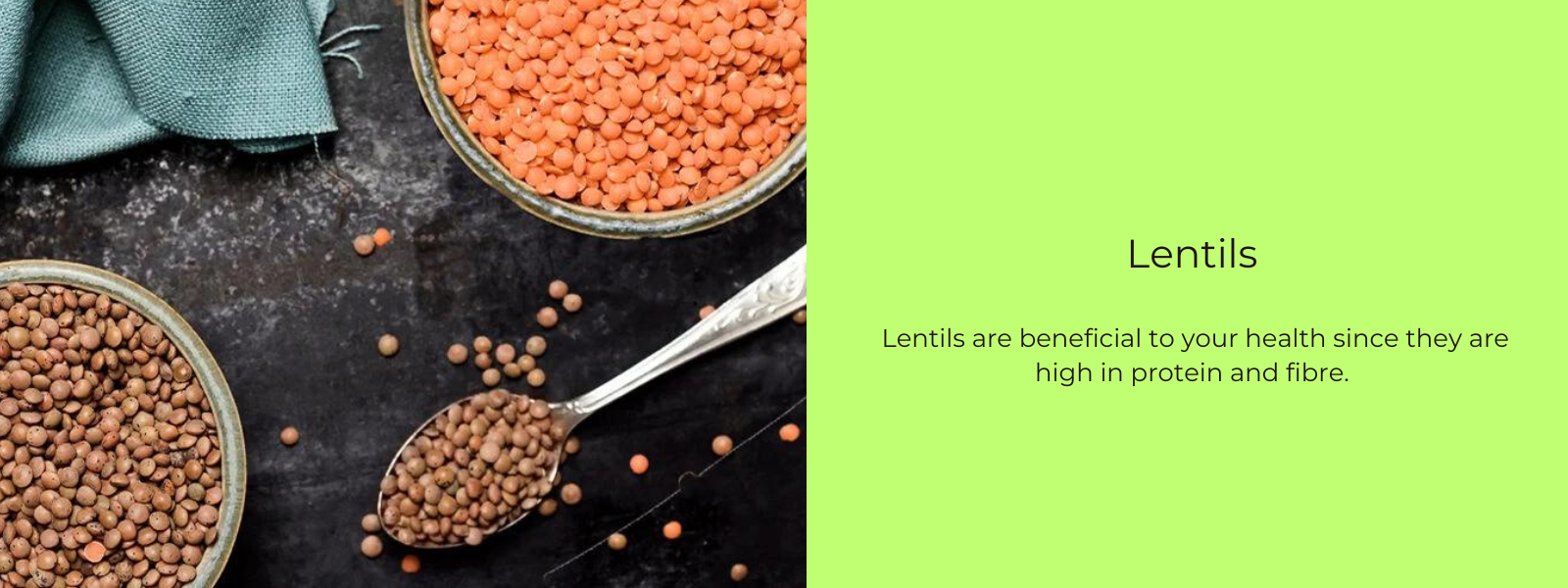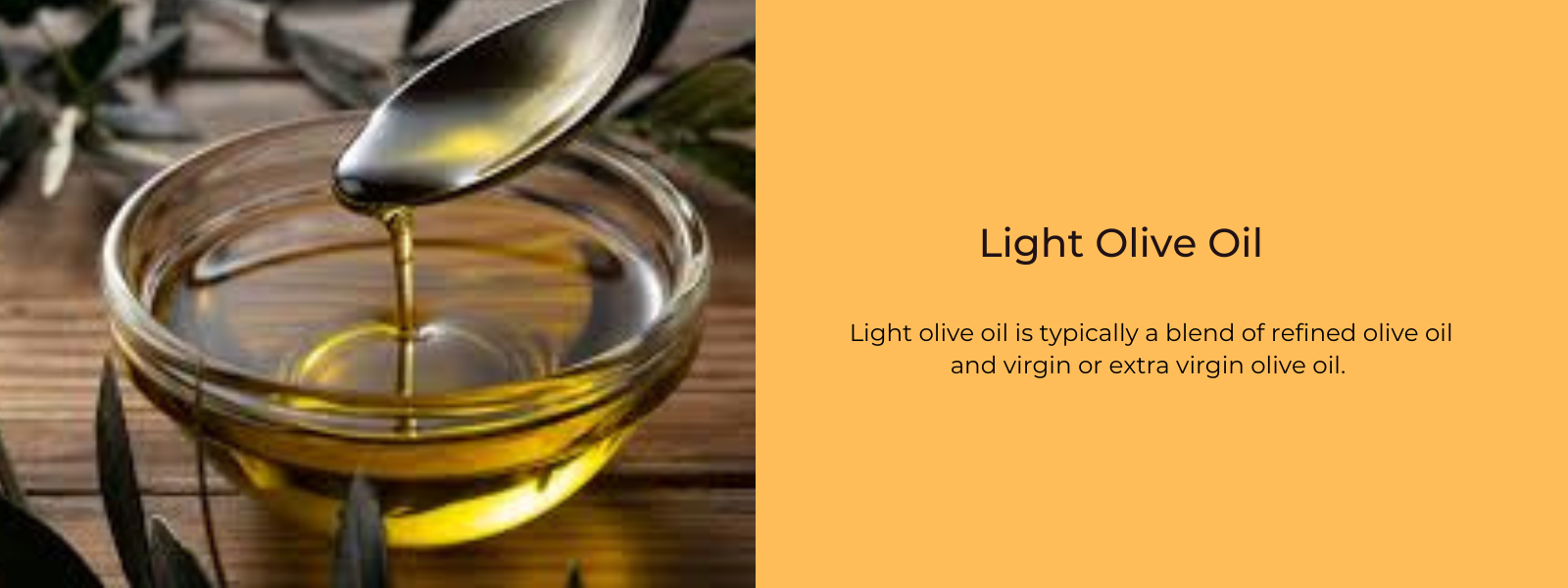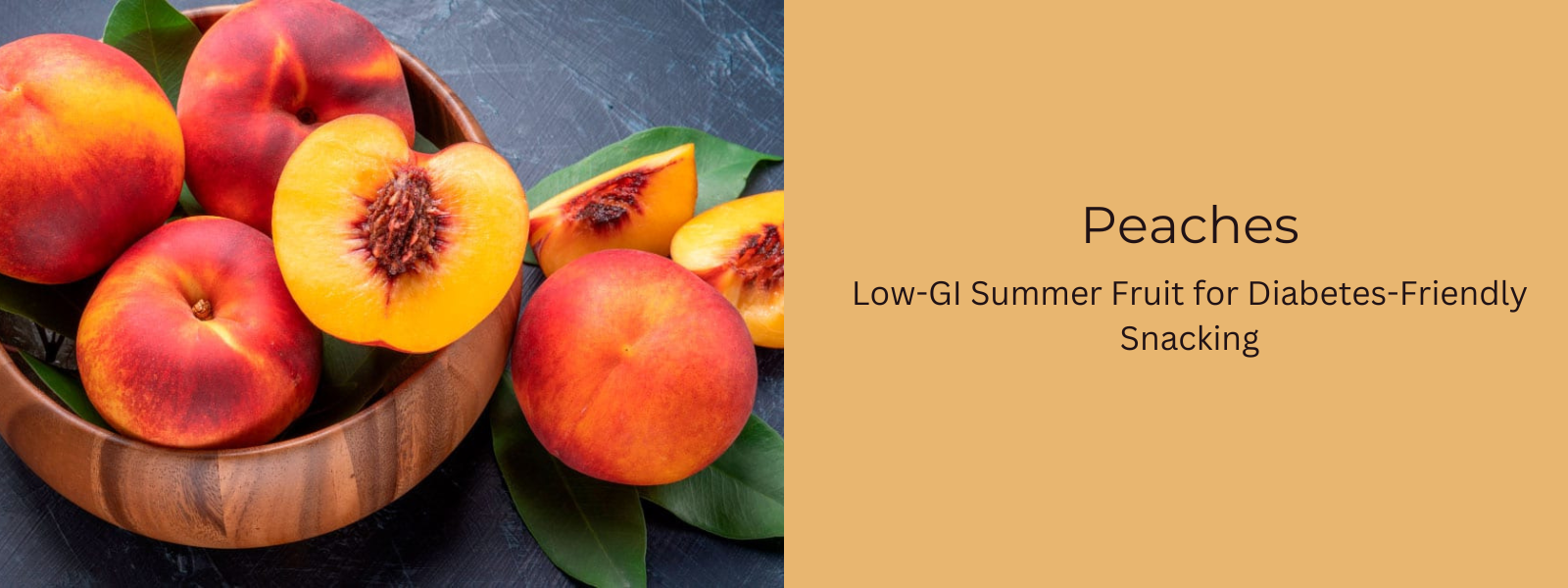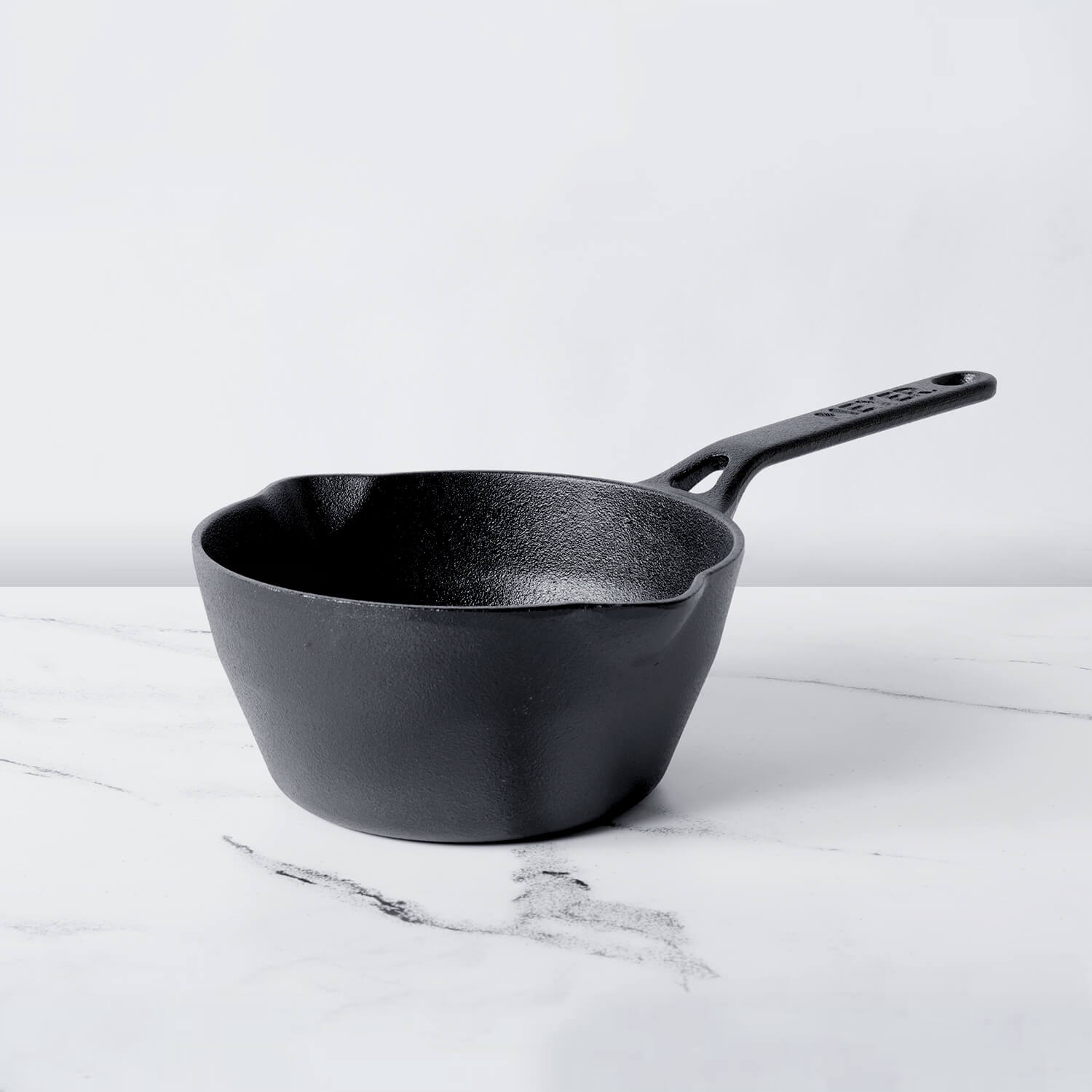Lentils are small, lens-shaped legumes that pack a powerful punch of nutrition, making them a valuable addition to any diet. With their low glycemic index (GI) and high protein content, lentils are particularly beneficial for individuals looking to manage their blood sugar levels effectively. The low GI of lentils means that they cause a gradual and modest increase in blood sugar levels after consumption, helping to promote more stable glucose levels throughout the day. Additionally, lentils are an excellent source of plant-based protein, with approximately 18 grams of protein per cooked cup. This protein content not only helps to stabilize blood sugar levels but also supports muscle growth and repair, making lentils a satisfying and nutritious option for vegetarians and omnivores alike. Lentils are also rich in dietary fiber, vitamins, minerals, and antioxidants, further enhancing their nutritional value. Incorporating lentils into meals such as soups, stews, salads, and curries can provide a delicious and filling way to support overall health and blood sugar control.
Table of Contents
Are Lentils Good For Diabetics?
Lentils are an excellent choice for individuals with diabetes due to their numerous health benefits and low glycemic index (GI). With their high fiber and protein content, lentils help to stabilize blood sugar levels by slowing down the absorption of glucose into the bloodstream. This slow digestion process prevents rapid spikes and crashes in blood sugar levels, making lentils an ideal food for managing diabetes. Additionally, lentils are rich in essential nutrients such as vitamins, minerals, and antioxidants, which contribute to overall health and well-being. Incorporating lentils into the diet can help improve glycemic control, promote satiety, and support weight management, all of which are crucial factors in diabetes management. However, it's important for individuals with diabetes to monitor portion sizes and choose whole, unprocessed lentils over refined or processed varieties to maximize their health benefits.
Lentils: Low-GI Powerhouse Packed with Protein:
Lentils have been a staple in diets around the world for thousands of years. These humble pulses are not only incredibly versatile in the kitchen but also pack a powerful nutritional punch, making them a valuable addition to any diet.
One of the standout features of lentils is their low glycemic index (GI), which measures how quickly a food raises blood sugar levels after consumption. Lentils have a low GI, typically ranging from 22 to 52, depending on the variety and preparation method. This means that they cause a gradual and modest increase in blood sugar levels, making them an excellent choice for individuals looking to manage their blood sugar levels effectively, including those with diabetes.
Beyond their low GI, lentils are also a rich source of plant-based protein, with approximately 18 grams of protein per cooked cup. This makes them an excellent protein option for vegetarians and vegans, as well as anyone looking to reduce their consumption of animal products. Protein is essential for muscle growth and repair, as well as for supporting overall health and satiety.
In addition to protein, lentils are packed with essential nutrients, including dietary fiber, vitamins, minerals, and antioxidants. They are particularly high in fiber, with approximately 15 grams of fiber per cooked cup. Fiber plays a crucial role in digestion and helps to promote feelings of fullness, which can aid in weight management and blood sugar control. Lentils also contain important vitamins and minerals such as folate, iron, potassium, and manganese, which support various aspects of health, including heart health, immune function, and bone health.
Lentils are incredibly versatile and can be used in a wide range of dishes, including soups, stews, salads, curries, and side dishes. They come in several varieties, including brown, green, red, and black lentils, each with its own unique flavor and texture. Lentils are also relatively quick and easy to cook, requiring no pre-soaking and cooking in about 20-30 minutes.
Are All Lentils Same?
No, not all lentils are the same. Lentils come in various colors and sizes, each with its own unique flavor, texture, and cooking properties. Some common types of lentils include:
- Brown Lentils: These are the most common type of lentils and are readily available in most grocery stores. They have a mild, earthy flavor and hold their shape well when cooked, making them suitable for soups, stews, and salads.
- Green Lentils (French Lentils): Green lentils have a slightly peppery flavor and a firm texture. They hold their shape better than brown lentils when cooked and are often used in salads, side dishes, and as a meat substitute in vegetarian dishes.
- Red Lentils: These lentils have a sweet, nutty flavor and cook relatively quickly compared to other varieties. They tend to break down and become mushy when cooked, making them ideal for soups, stews, and Indian dal dishes.
- Black Lentils (Beluga Lentils): These lentils are small and glossy black in color, resembling beluga caviar, hence the name. They have a rich, earthy flavor and hold their shape well when cooked, making them suitable for salads, side dishes, and as a garnish.
- Yellow Lentils (Split Yellow Lentils or Moong Dal): These lentils are split and hulled, resulting in a yellow color and quick cooking time. They have a mild flavor and creamy texture when cooked, making them ideal for soups, stews, and Indian dal dishes.
Healthy Ways To Use Lentils:
In Indian cooking, lentils are a staple ingredient and are used in a wide variety of dishes. Here are some ways to incorporate lentils into Indian cuisine to help control blood sugar levels:
- Dal (Lentil Soup): Dal is a traditional Indian lentil soup made with various types of lentils, such as split yellow lentils (moong dal), split red lentils (masoor dal), or pigeon peas (toor dal). Dal is flavored with aromatic spices like turmeric, cumin, coriander, and garlic, which have anti-inflammatory properties and can help regulate blood sugar levels. Serve dal with whole grain rice or roti for a balanced meal.
- Khichdi: Khichdi is a comforting one-pot dish made with lentils, rice, and spices. It's easy to digest and provides a good balance of carbohydrates, protein, and fiber. To make khichdi, cook lentils and rice together with spices like cumin, turmeric, and ginger. You can add vegetables like spinach, carrots, or peas for extra nutrients. Khichdi is often served with yogurt or a dollop of ghee (clarified butter).
- Sprouted Lentil Salad: Sprouted lentils are rich in nutrients and enzymes that can aid digestion and improve blood sugar control. To make a sprouted lentil salad, soak lentils overnight, then drain and rinse them. Place the lentils in a jar and cover with a damp cloth. Rinse and drain the lentils twice a day until they sprout, usually within 2-3 days. Toss the sprouted lentils with chopped vegetables, herbs, and a dressing made with lemon juice, olive oil, and spices.
- Lentil Curry (Dal Tadka): Dal tadka is a flavorful lentil curry made with cooked lentils tempered with spices like mustard seeds, cumin seeds, and dried red chilies. The tempering process, known as tadka, enhances the flavor of the dish and provides additional health benefits. Serve dal tadka with whole grain roti or steamed brown rice for a nutritious and satisfying meal.










Leave a comment